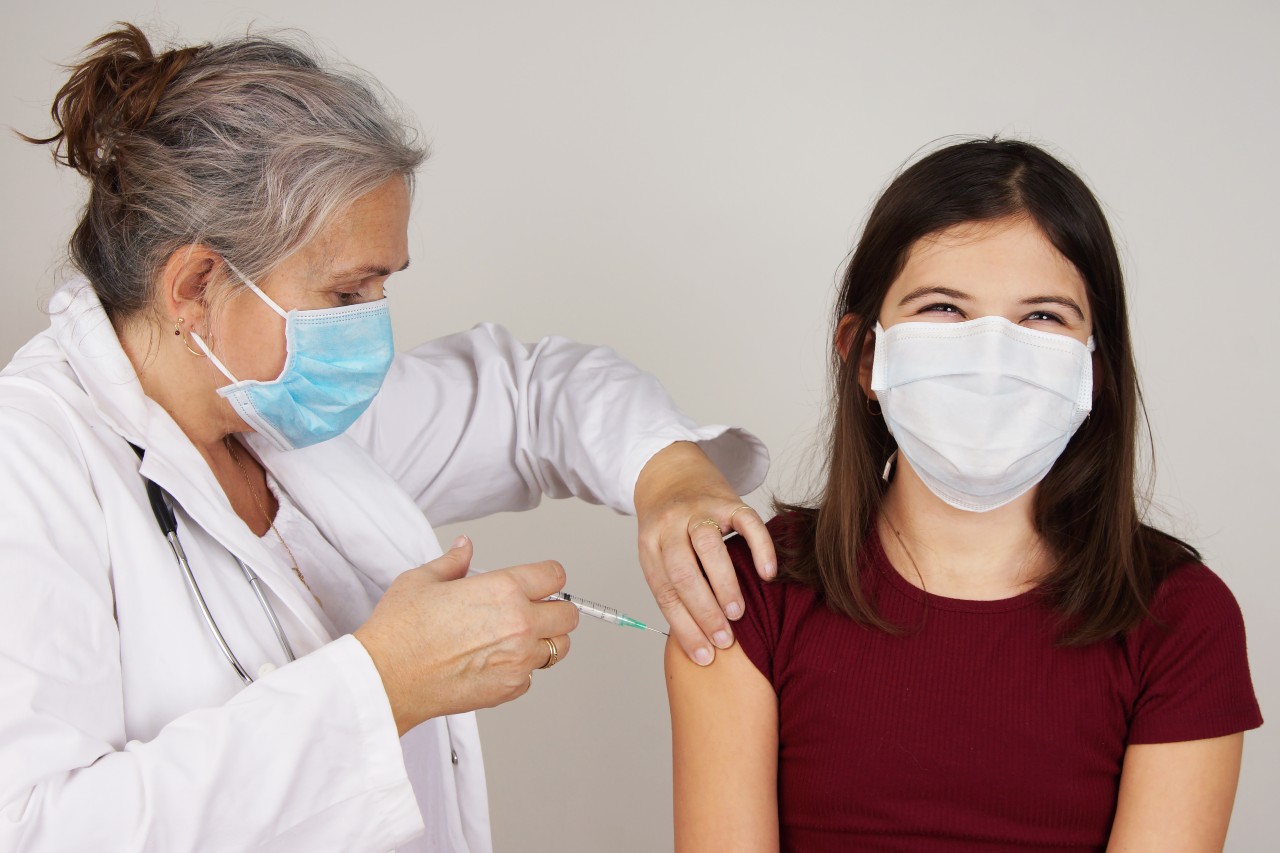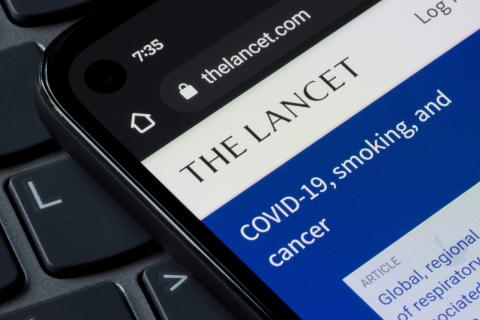1. Effectiveness and efficacy
The efficacy of a vaccine is the percentage reduction in disease incidence in vaccinated versus unvaccinated people. It is calculated from data from a study —often a clinical trial— and is therefore considered to be obtained under optimal conditions.
Vaccine effectiveness refers to the same percentage measured under actual conditions in a population. Unlike efficacy, it is much more difficult to calculate because of the large number of confounding factors that may be involved, such as the age of the population or the time elapsed since vaccination.
A mnemonic trick to remember both terms: “efficacious in the flask, effective on the living person”. (Here the flask symbolises the study of the vaccine under controlled conditions, although obviously vaccines are tested in real living people).
Other terms of interest include impact —change in disease incidence in the population after incorporation of the vaccines— and efficiency— cost-benefit ratio from an economic point of view.
2. Phases of vaccine development
The stages of development that make the final product effective and safe are numerous, and most candidates are left at one of the crossroads along the way. Every vaccine begins with pre-clinical testing, in which potential adverse reactions and immune responses are tested in laboratory and animal experiments.
This is followed by Phase I, which also tests the safety of the product but now in healthy human volunteers.
Phase II begins to study efficacy —that is, whether the vaccine works better than a placebo— and what doses and intervals are most appropriate.
Phase III verifies the safety and efficacy of the drug, but this time on a more massive scale, with thousands of volunteers.
Once marketed, the surveillance process begins. Phase IV consists of follow-up studies examining more infrequent long-term effects that may escape clinical trials, which, depending on the phase, are conducted with hundreds or thousands of volunteers.
The length of the entire process varies widely and depends on the difficulties related to the pathogen itself, the funding and interest in vaccine development, and the number of previous studies that have been conducted. Although the figure of 15 years is often repeated, some vaccines —not only Covid-19 vaccines — have been available in much less time. Other pathogens, however, have resisted researchers’ attempts to date.
3. Types of technologies used
A vaccine is a drug that stimulates our immune system against a pathogen. Broadly speaking there are three types, as summarised by the WHO: those that use a whole virus or bacterium, those that use fragments to induce the immune response, or those that use only the genetic material.
Vaccines using an intact pathogen may be deactivated —if the virus or bacterium has been inactivated or destroyed before inoculation— attenuated —if the pathogen remains active but greatly weakened— or based on viral vectors —if a harmless virus is used ‘made up’ to make the immune system think it is the pathogen of interest—. The latter technology is used in Covid-19 vaccines such as those from AstraZeneca and Janssen.
Vaccines that use a fragment of the pathogen use only those specific pieces that are essential for the immune system to recognise the virus or bacterium. This is the technology used in Novavax’s covid-19 vaccine.
Finally, nucleic acid-based vaccines include the genetic instructions for our cells to make the proteins of interest that we want the immune system to recognise. This technology was first used successfully and came to prominence with messenger RNA vaccines against Covid-19, such as those from Pfizer and Moderna.
4. Regulating and recommending
The agencies that evaluate vaccines before they are marketed do not recommend them, they only regulate their use. In other words, they consider that the drug can be administered safely and effectively.
From that point, the health authority in each country decides whether or not to recommend the vaccine, to which demographic groups and with what regimen. This is why vaccine schedules and approved vaccines may vary from country to country, also with Covid-19 vaccines.
5. Adverse effects
Vaccines, like all drugs, have side effects. These are more or less common and can be more or less serious. Clinical trials with thousands of volunteers allow detection of the most common ones, but in order to find the rarer ones that may have escaped scientific studies, it is necessary for pharmacovigilance systems to record adverse effects experienced by vaccinated persons during vaccination campaigns.
There need not be any causality between reported adverse effects and vaccines, as these are reported by the individual. It is the pharmacovigilance systems that are responsible for studying whether these effects are observed in statistically significant numbers compared to the unvaccinated population and whether there is a plausible biological mechanism to suspect that the drug is causing the association.
Adverse effects are categorised as very common —if their prevalence exceeds 10%—, common (or frequent), uncommon (or infrequent), rare and very rare —if their prevalence is less than 0.01%—, according to their incidence.
6. Risks and benefits
All drugs have adverse effects, and vaccines are no exception. As with all drugs, their use depends on a delicate balance between potential benefits and risks. This calculation can be more complex for vaccines, as the benefits can be both collective and individual.
“With other treatments [...] you evaluate it just for yourself. With vaccination you are on a different level, you weigh the situation thinking not just for yourself but for a collective impact. This changes the perspective when evaluating the benefit of the vaccine,” explained Maria Climént, risk communication specialist at the University of Cambridge and advisor to SMC Spain, in an interview with SINC.
For this reason, experts recommend presenting information in a balanced way and showing both the potential benefit and the potential risk. They also recommend avoiding anecdotal stories that do not represent reality and making the uncertainty surrounding the data explicit.




